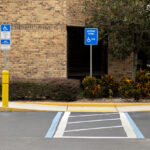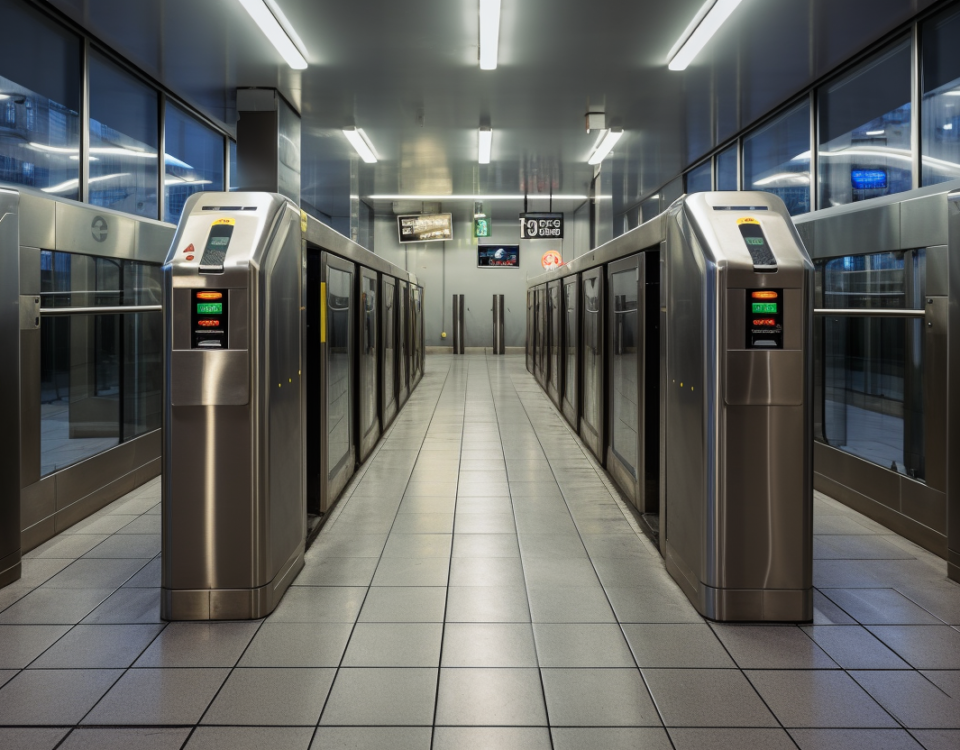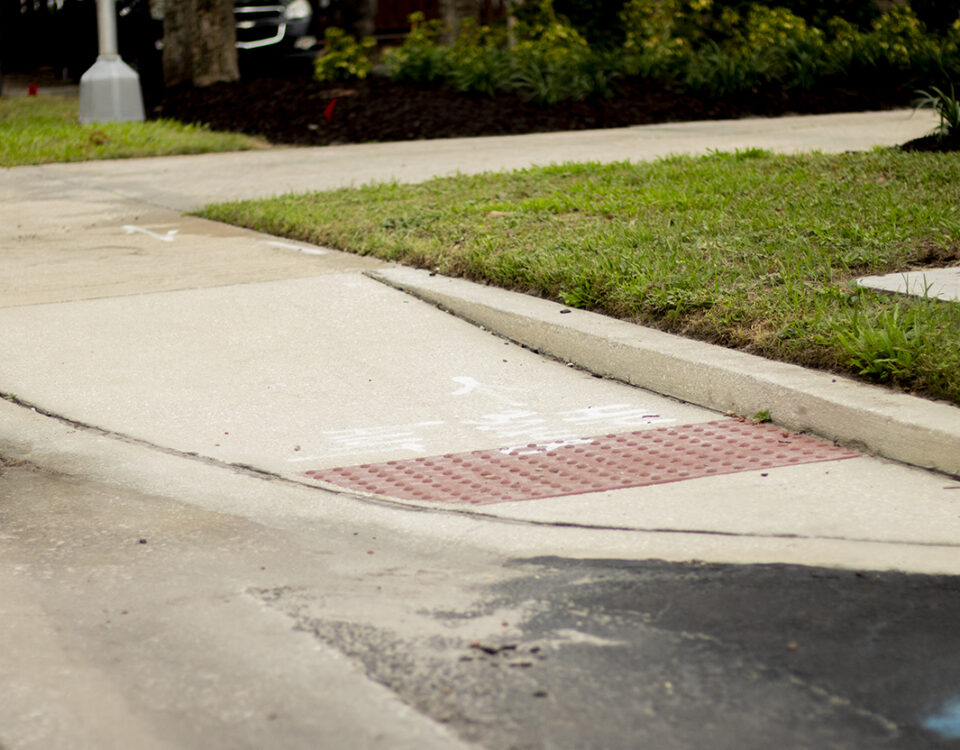
Creating designated accessible parking spaces
May 30, 2023Repositioning Paper Towel Dispensers for ADA Compliance
June 1, 2023The Americans with Disabilities Act (ADA) is a landmark piece of legislation that champions equal access and inclusivity for individuals with disabilities in public spaces. An often-overlooked aspect of ADA compliance is installing accessible paper cup dispensers at existing inaccessible water fountains. In this article, we’ll explore the critical importance of this modification, delve into the specific ADA standards and measurements involved, and underscore how it contributes to achieving accessibility for all.
At a Glance
- Accessibility: Installing accessible paper cup dispensers ensures that individuals with disabilities can access hydration facilities independently, promoting equal access.
- Independence: Properly designed dispensers empower individuals with disabilities to quench their thirst autonomously, fostering self-reliance.
- Safety: Accessible dispensers enhance safety by reducing the risk of accidents and injuries during water consumption, benefiting everyone, not just individuals with disabilities.
- Legal Requirement: The ADA mandates precise standards for accessible hydration facilities to ensure fairness and accessibility.
- Inclusivity: Installing accessible paper cup dispensers aligns with universal design principles, making hydration facilities more welcoming and convenient for everyone, regardless of their abilities.
2010 ADA Standards for Barrier Removal:
The 2010 ADA Standards for Accessible Design provide meticulous standards for installing accessible paper cup dispensers to enhance accessibility:
- Height: According to ADA standards, the accessible cup dispenser should be installed with the operating mechanism no higher than 48 inches above the floor. This height ensures that individuals using wheelchairs or mobility aids can comfortably access cups.
- Forward Reach: The ADA mandates that the accessible dispenser should be positioned within a forward reach range of 15 to 48 inches above the floor. This range accommodates individuals whether they are standing or using a mobility aid.
- Clear Floor Space: Accessible paper cup dispensers should have a clear floor space of at least 30 inches by 48 inches that allows individuals using wheelchairs to approach the dispenser comfortably.
The Importance of Compliance:
Installing accessible paper cup dispensers goes beyond mere compliance; it is about prioritizing accessibility, safety, and ensuring that everyone, regardless of their abilities, can access hydration facilities with dignity and ease. Properly designed dispensers are vital for individuals with disabilities, as they allow for equal participation in various aspects of daily life.
Promoting Independence:
Correctly positioned dispensers empower individuals with disabilities to quench their thirst independently. Knowing they can access hydration facilities without assistance fosters self-reliance and contributes to a more inclusive experience.
Enhancing Safety and Accessibility:
Properly designed dispensers significantly enhance safety and accessibility during water consumption. They reduce the risk of accidents and injuries by providing individuals with disabilities the ability to access cups with ease.
Universal Design and Inclusivity:
Creating accessible paper cup dispensers reflects the principle of universal design, which underscores that environments and products should be accessible and usable by everyone, regardless of age, size, or ability. It makes hydration facilities more welcoming and convenient for all.
Ensuring Compliance:
To ensure compliance with ADA standards, businesses, organizations, and institutions should conduct regular assessments of their hydration facilities. This includes verifying the correct installation height, forward reach range, and clear floor space for accessible dispensers.
Community Awareness:
Community awareness plays a pivotal role in promoting ADA compliance. Educational initiatives and collaboration with disability advocacy groups can raise awareness about the importance of accessible hydration facilities and encourage compliance.
In conclusion, installing accessible paper cup dispensers at existing inaccessible water fountains is a fundamental step toward achieving a more accessible and inclusive society. It ensures hydration facility accessibility, promotes independence, enhances safety, and exemplifies a commitment to the principles of the ADA. These modifications are not just legal requirements; they are tangible expressions of our dedication to ensuring that everyone, regardless of their abilities, can access hydration facilities with dignity and ease.



